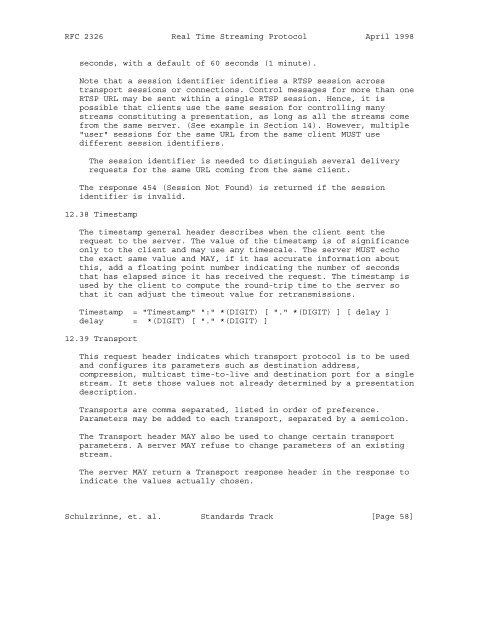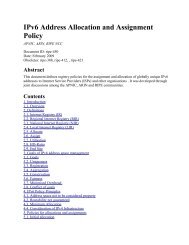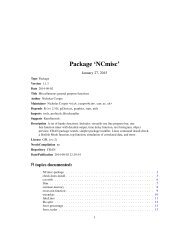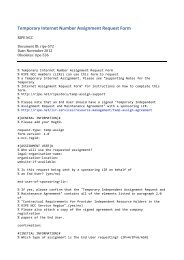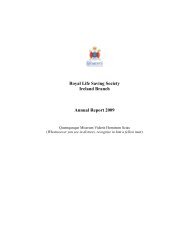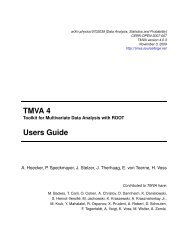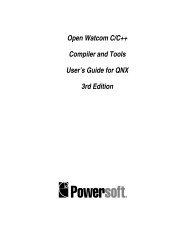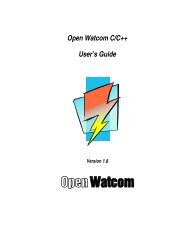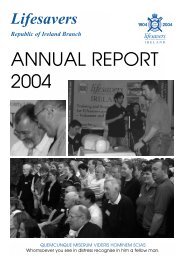Standards Track A. Rao Netscap - RFC Editor
Standards Track A. Rao Netscap - RFC Editor
Standards Track A. Rao Netscap - RFC Editor
You also want an ePaper? Increase the reach of your titles
YUMPU automatically turns print PDFs into web optimized ePapers that Google loves.
<strong>RFC</strong> 2326 Real Time Streaming Protocol April 1998seconds, with a default of 60 seconds (1 minute).Note that a session identifier identifies a RTSP session acrosstransport sessions or connections. Control messages for more than oneRTSP URL may be sent within a single RTSP session. Hence, it ispossible that clients use the same session for controlling manystreams constituting a presentation, as long as all the streams comefrom the same server. (See example in Section 14). However, multiple"user" sessions for the same URL from the same client MUST usedifferent session identifiers.The session identifier is needed to distinguish several deliveryrequests for the same URL coming from the same client.The response 454 (Session Not Found) is returned if the sessionidentifier is invalid.12.38 TimestampThe timestamp general header describes when the client sent therequest to the server. The value of the timestamp is of significanceonly to the client and may use any timescale. The server MUST echothe exact same value and MAY, if it has accurate information aboutthis, add a floating point number indicating the number of secondsthat has elapsed since it has received the request. The timestamp isused by the client to compute the round-trip time to the server sothat it can adjust the timeout value for retransmissions.Timestamp = "Timestamp" ":" *(DIGIT) [ "." *(DIGIT) ] [ delay ]delay = *(DIGIT) [ "." *(DIGIT) ]12.39 TransportThis request header indicates which transport protocol is to be usedand configures its parameters such as destination address,compression, multicast time-to-live and destination port for a singlestream. It sets those values not already determined by a presentationdescription.Transports are comma separated, listed in order of preference.Parameters may be added to each transport, separated by a semicolon.The Transport header MAY also be used to change certain transportparameters. A server MAY refuse to change parameters of an existingstream.The server MAY return a Transport response header in the response toindicate the values actually chosen.Schulzrinne, et. al. <strong>Standards</strong> <strong>Track</strong> [Page 58]


